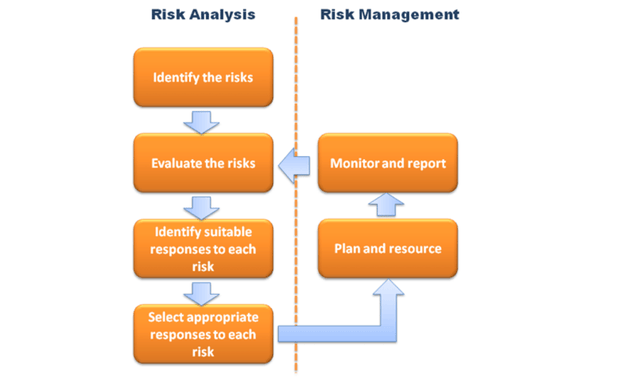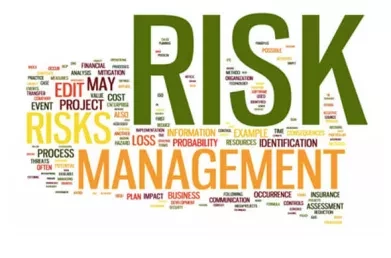Risk Management in ERP Projects
There is no such thing as a risk-free project. A project exists to bring about change, and with change comes uncertainty, and that means that risks have to be taken. Avoiding risk in a project is therefore not an option – instead, the focus has to be on managing risk.
I will talk about ERP Risk Management methodology later, but first of all, are there risks that are specific or particularly relevant to ERP implementation projects?
Lumenia’s white paper on Risk Management in ERP Projects looked at some of the most significant risk factors that led to failure during ERP implementations and at how these might be dealt with. These particular risks were identified based on a study by a group in the University of Pisa in 2007 [1], and the four main factors in ERP implementations were:
- Ineffective strategic thinking and planning
- Poor project team skills
- Inadequate BPR (Business Process Re-engineering)
- Inadequate change management.
Ineffective Strategic Thinking and Planning
Aligning the ERP project goals with the original justification for the ERP project is one of the first steps in ensuring the success of a project. The strategic business issues to be addressed by the ERP system are usually identified when the justification for the project is developed, but they need to be reviewed and analysed throughout the implementation to ensure that the business strategy and the project goals remain synchronised. An approach to achieving this is to translate the business goals of the project into expected benefits and then to include benefits realisation reviews and tasks at each stage of the project plan.
Poor Project Team Skills
Forming a strong project team means choosing team members who can bring the necessary experience, knowledge, and dedication to the project. The skills and key attributes required should first be identified, and then potential team members matched against these. Psychometric and Occupational assessments are a very efficient way to do this. These assessments are also useful in identifying inevitable skill gaps and weaknesses. Knowing about weaknesses in advance means they can be taken into account when planning; sometimes, it may be necessary to reassign responsibilities. It’s a lot easier to do this at the start of the project rather than further down the line when problems are encountered.
Inadequate BPR (Business Process Re-engineering)
In general the risk to the implementation will be greatly reduced by conducting a BPR exercise in advance of ERP selection with the outputs from the BPR exercise driving the functional requirements. While this approach will help, it does not entirely eliminate the risk of gaps in new process understanding since in practice a great deal of the detail in relation to new processes is only worked out during the design phase of the ERP implementation. It’s also important that the work on business processes reengineering is aligned with the work being done on benefits realisation.
Inadequate Change Management
One absolute certainty is that the introduction of a new ERP system means that things will change. Business processes and procedures will change. Job/role definitions will have to be updated (some roles may cease to exist). Users may be fearful of what the changes mean for them. It is essential that change is proactively managed to minimise the impact of the associated risks.
ERP Risk Management Methodology
A very effective method for managing risk is contained in PRINCE2 [2], a process-based project management methodology.
It describes two disciplines for containing risk during a project:
1. Risk Analysis which includes:
- Identification and evaluation of risks
- Identification and selection of appropriate response
2. Risk Management to address the risks identified, including:
- Planning
- Monitoring
- Controlling
- Resourcing
The cycle and connections between these two are illustrated below:

Figure 1: The Risk Management Cycle (source: adapted from [2])
Experienced project managers will be familiar with the risks and mitigation strategies described above, so having a good project manager is vital to the success of the project. Risk management is often thought of as the avoidance of negative outcomes, but it’s clear that for an ERP implementation to be described as a success there must also be positive outcomes. Good project management should focus on business benefits realisation as well as delivering the project’s goals and objectives.
References
[1] Risk management in ERP project introduction: Review of the literature, Davide Aloini, Riccardo Dulmin, and Valeria Mininno, Department of Electrical Systems and Automation, Faculty of Engineering, University of Pisa, Italy (2007)
[2] Managing Successful Projects with PRINCE2, CCTA
This blog was written by Ursula Browne, Managing Partner at Lumenia. If you would like further information please send an e-mail to Ursula Browne.


